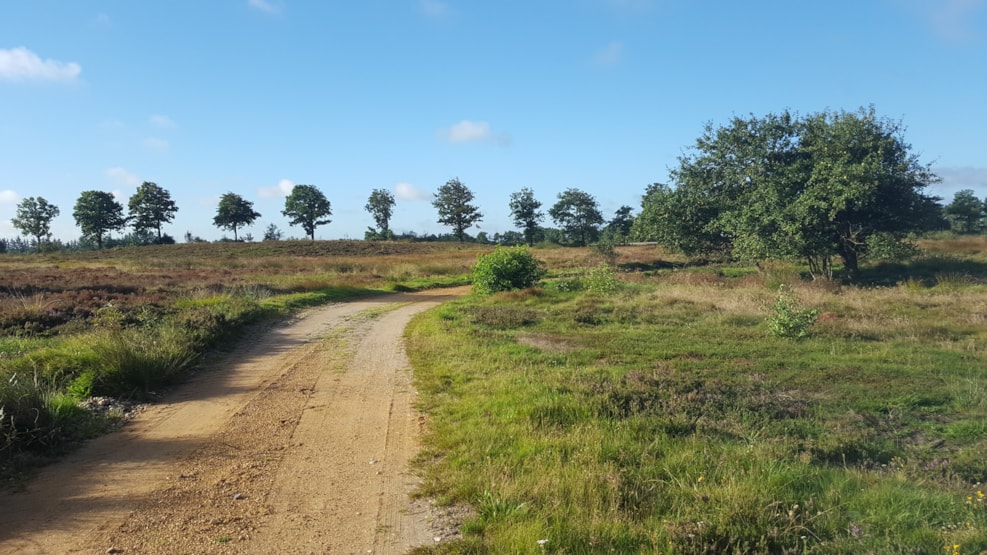
Skive Forest
Skive Plantation offers beautiful nature, ancient burial mounds, and three marked hiking trails. It’s a recreational area rich in cultural history, perfect for both relaxation and outdoor activities.
Skive Plantation – Nature, History and Recreation
There are three marked trails in Skive Plantation, measuring 2.9 km, 4.5 km, and 7.0 km respectively. Parking is available at Bjørnevej. You are, of course, welcome to explore the forest beyond the marked routes.
Skive Plantation was established between 1940 and 1950. Skive Municipality purchased the land, and the planting was carried out by unemployed workers under the leadership of Hedeselskabet. Together with Svansø and Fly Plantations, also owned by Skive Municipality, the area covers approximately 230 hectares.
Originally, the plantation was mainly planted with Norway spruce, but severe storms in 1981 and 2005, followed by insect infestations, have led to the disappearance of the original spruce trees. This has opened the opportunity to transform the forest from a dark coniferous plantation into a bright and diverse deciduous forest. Skive Municipality is also restoring open areas with heathland and clearings around burial mounds that were previously planted over. Some areas have been designated for natural regeneration, allowing nature and the forest to develop without human interference. This development increases biodiversity and makes the forest more varied and stable, enhancing its recreational value.
As part of the close-to-nature forest management, dead trees are left standing or lying to benefit insects and cavity-nesting birds.
Prehistory
The area where Skive Plantation is located is very sandy, making it relatively easy to cultivate with ancient tools. There are traces of settlements, burial mounds, and sacrificial finds dating back to the early Neolithic period, around 3500 BC, and up to the year 0.
There are 16 burial mounds in the plantation, possibly dating back to the late Stone Age. These mounds have been reused in later periods, growing in both height and width. There are also clear signs of early human activity in two Iron Age field systems from 500 BC to year 0. These ancient fields are among the best preserved in Denmark. The small earth ridges surrounding the fields remain intact because the land has not been cultivated since it was last used. Since the Iron Age, the area has likely remained as heathland.
Practical Information
You may walk anywhere in public forests at any time. Cycling is allowed on roads and paths. Horse riding is also permitted on roads and paths, with consideration for pedestrians. Driving with a sulky is only allowed on designated trails Monday through Saturday; no driving is permitted on Sundays. Violations will result in expulsion. Dogs on a leash are welcome, and in the fenced dog forest, dogs may run freely but must remain under full control.
You may collect berries, mushrooms, moss, flowers, etc. for personal use – typically what fits in a shopping bag. If you wish to use the forest for larger events, you must apply for permission from Skive Municipality, Technical Administration.
Note: Please observe any signs regarding hunting.